The Origins and Myths of Ghosts Across Cultures
A chilling wind sweeps through human history, carrying with its tales of ghosts, ephemeral beings caught between the mortal and ethereal. Across cultures, ghosts embody fear, sorrow, and unresolved mystery. What fuels our obsession with these apparitions, and how have they haunted our collective psyche through the ages?
The concept of ghosts transcends borders, appearing in nearly every culture. From ancient Egypt’s ka spirits to Chinese ancestors revered during Qingming, these apparitions serve diverse roles. They may seek vengeance, offer guidance, or simply linger as restless echoes of their mortal lives. While their appearances differ—pale specters in the West, shadowy figures in African folklore, the essence remains eerily universal.
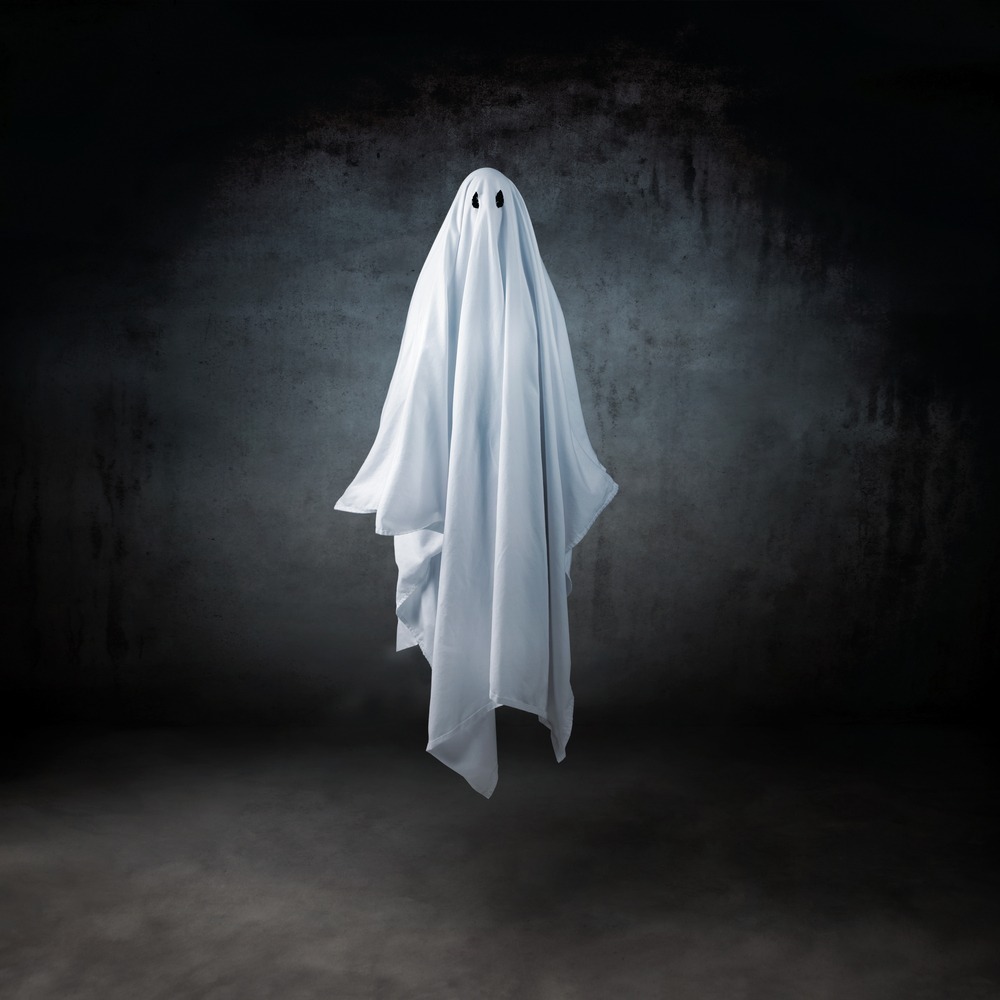
Origins Rooted in Fear and Grief
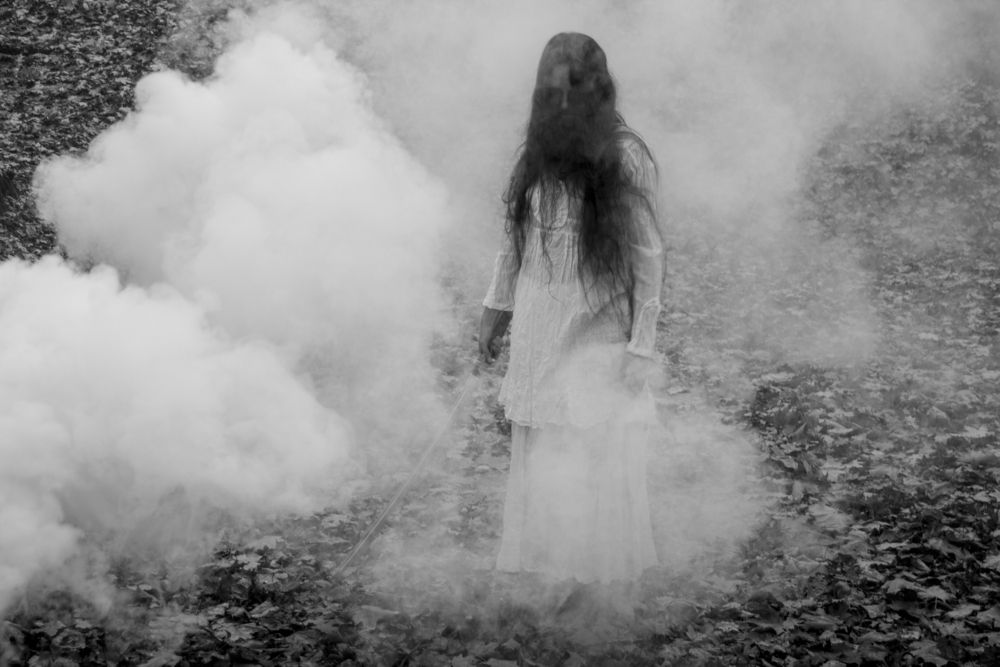
The origins of ghostly myths often stem from humanity’s profound fear of the unknown and an enduring grief for those who have passed. Across cultures, stories of spirits emerge most vividly where death feels unnatural. Violent deaths, betrayal, or souls denied proper rites of passage
In Hinduism, preta are restless spirits believed to arise when funeral rites are neglected or improperly conducted. These wandering souls, often depicted as emaciated beings, signify the social and spiritual weight placed on honoring the deceased. Similarly, in Norse mythology, the draugr, undead beings guarding their earthly possessions represent the disruption caused by greed or unresolved conflict.
The link between violent or tragic deaths and ghostly apparitions is deeply entrenched in folklore. Unfinished business becomes a recurring theme, a symbolic attempt to make sense of mortality’s abrupt and sometimes cruel finality. Haunted locations, like the Tower of London or the ghostly battlefield of Gettysburg, become repositories of historical trauma, where the past refuses to fade into silence.
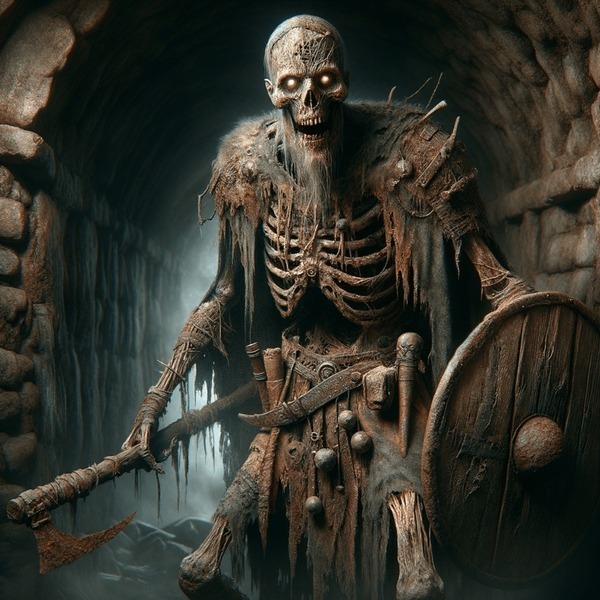
The link between violent or tragic deaths and ghostly apparitions is deeply entrenched in folklore. Unfinished business becomes a recurring theme, a symbolic attempt to make sense of mortality’s abrupt and sometimes cruel finality. Haunted locations, like the Tower of London or the ghostly battlefield of Gettysburg, become repositories of historical trauma, where the past refuses to fade into silence.
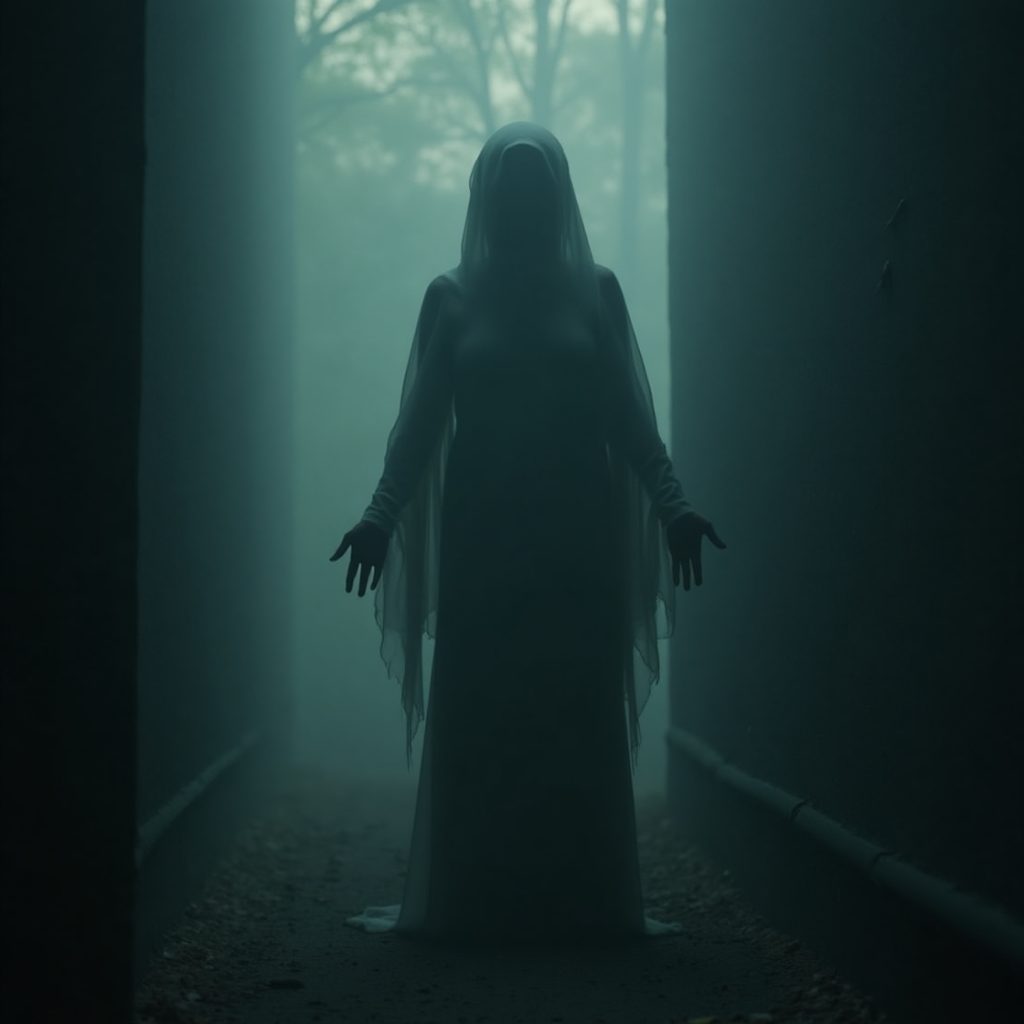
Superstitions surrounding ghosts often arise from our innate tendency to attribute unexplained phenomena to the supernatural. The chill of a draft, a flickering candle, or unexplained footsteps in the dark feed into our deepest anxieties. Before scientific explanations for such occurrences existed, these phenomena were often interpreted as ghostly presences, manifestations of souls trapped between worlds. Fear and grief became fertile ground for stories that brought the intangible to life. In their essence, these tales offer a glimpse into humanity’s struggle to reconcile with mortality, to explain the unexplainable, and to cope with the overwhelming emotions of loss.
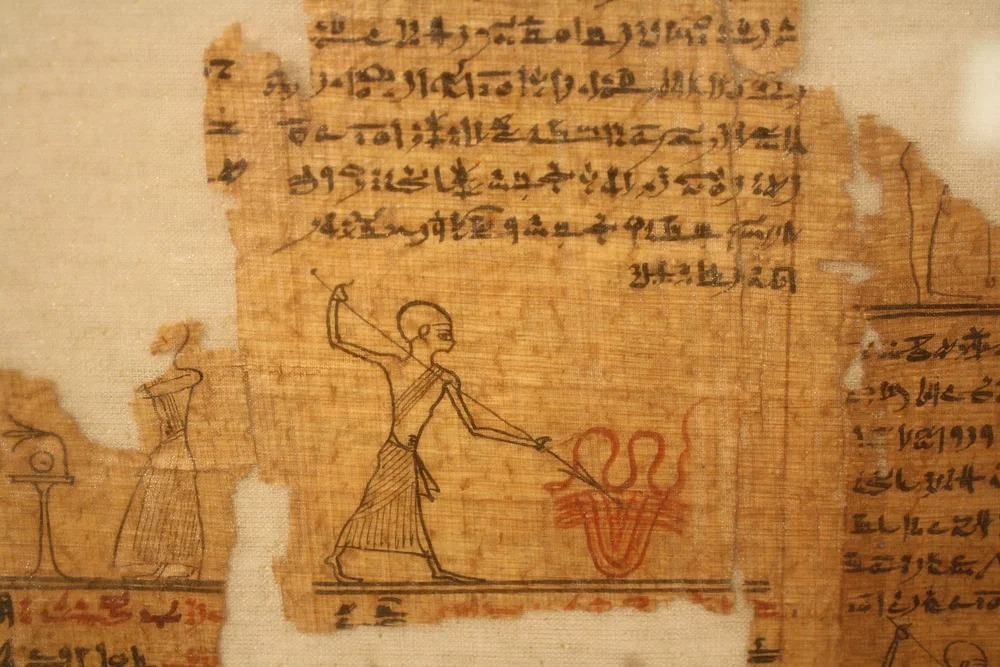
Cultural Superstitions and Rituals
The way cultures address ghosts often reflect their broader attitudes toward death and the afterlife. In Japan, the yūrei, ghosts of those who died in anger, sorrow, or without resolution, are a poignant reminder of life’s fragility. These spirits, often depicted with flowing white robes and disheveled hair, are central to Japanese folklore. Rituals like ohaka-mairi (visiting and cleaning family graves) and the Bon Festival, where lanterns guide spirits back to the other world, are aimed at pacifying these souls. Such traditions reveal a blend of reverence and fear, where ghosts are seen as both protectors and potential harbingers of misfortune.
In Mexico, the Día de los Muertos transforms the fear of ghosts into a celebration of life and memory. Families create vibrant ofrendas (altars) laden with food, photographs, and marigolds to welcome the spirits of their ancestors. Far from the terror often associated with ghosts, this tradition is a testament to the enduring bond between the living and the dead, presenting spirits as cherished visitors rather than ominous presences.
In contrast, European folklore often paints ghosts as malevolent beings. The wailing banshee of Celtic legend heralds’ death with her eerie cries, while spirits like the Headless Horseman of English lore embody unresolved vengeance and chaos. Protective practices arose in response, ranging from the placement of salt circles to ward off spirits to the carrying of iron charms believed to repel the supernatural.


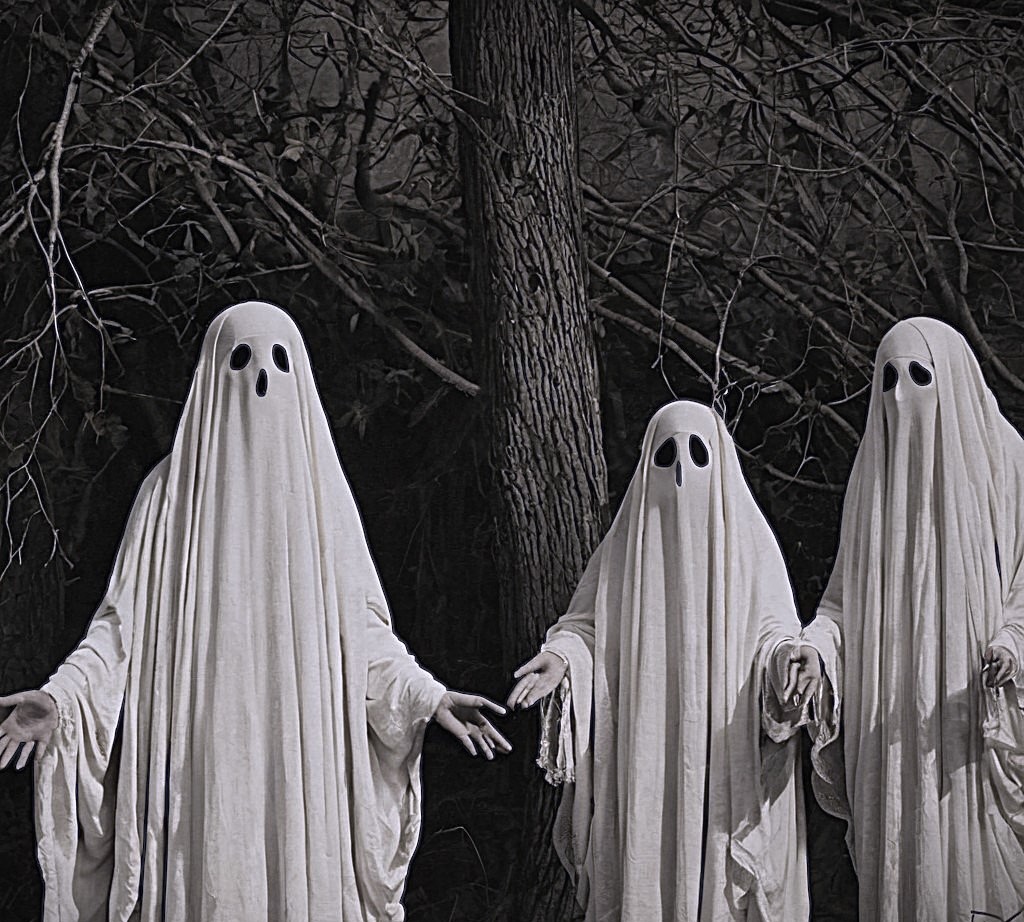
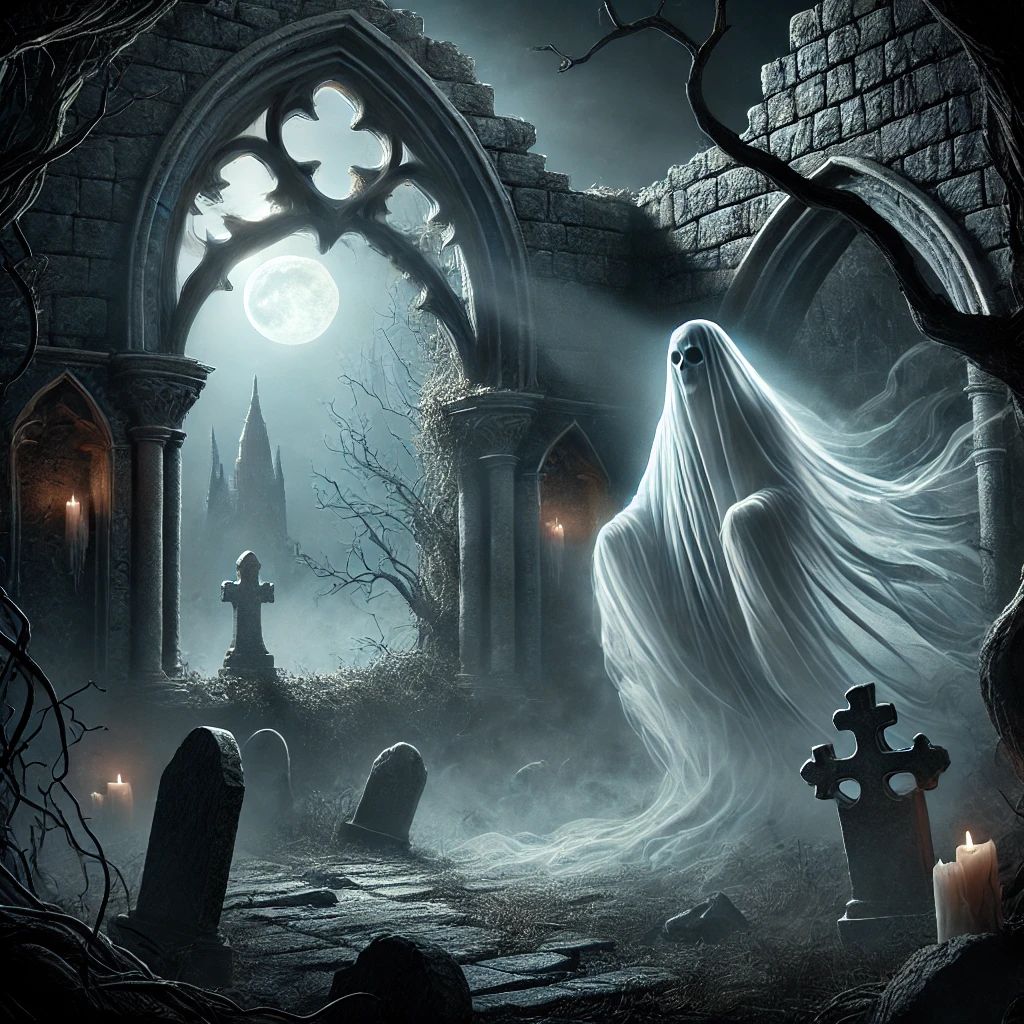
These rituals and beliefs underscore humanity’s need to find meaning and protection in the face of death’s inevitability. Whether through reverence, fear, or celebration, they reflect an enduring effort to bridge the divide between worlds, turning ghostly myths into mirrors of human hope, love, and apprehension.
Ghosts and their myths weave a tapestry of shared human fears and hopes. Whether cautionary figures or symbols of love transcending death, they reveal our deep yearning to connect with the unseen. They are more than specters, they are whispers of our collective imagination, haunting the threshold of the unknown.
